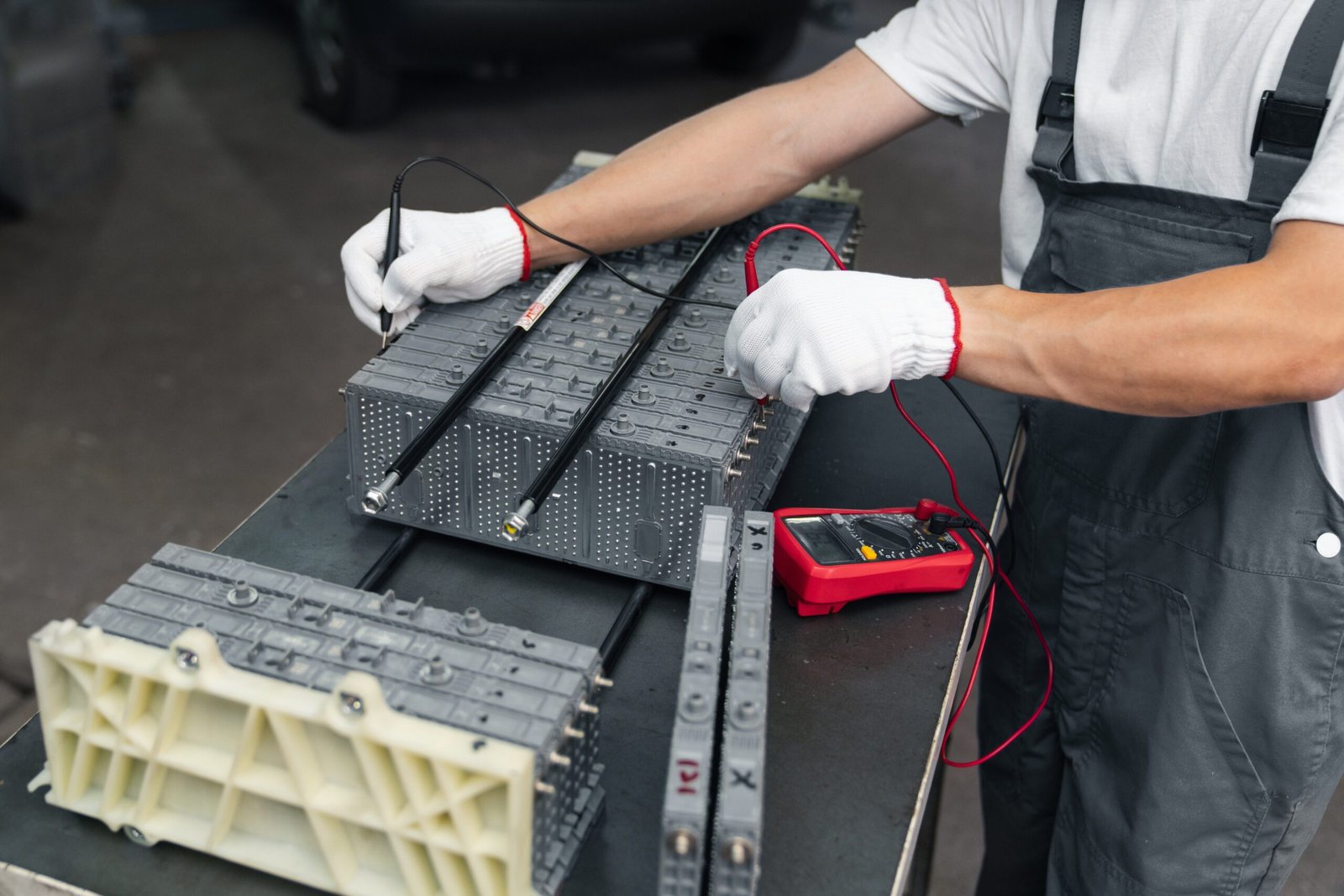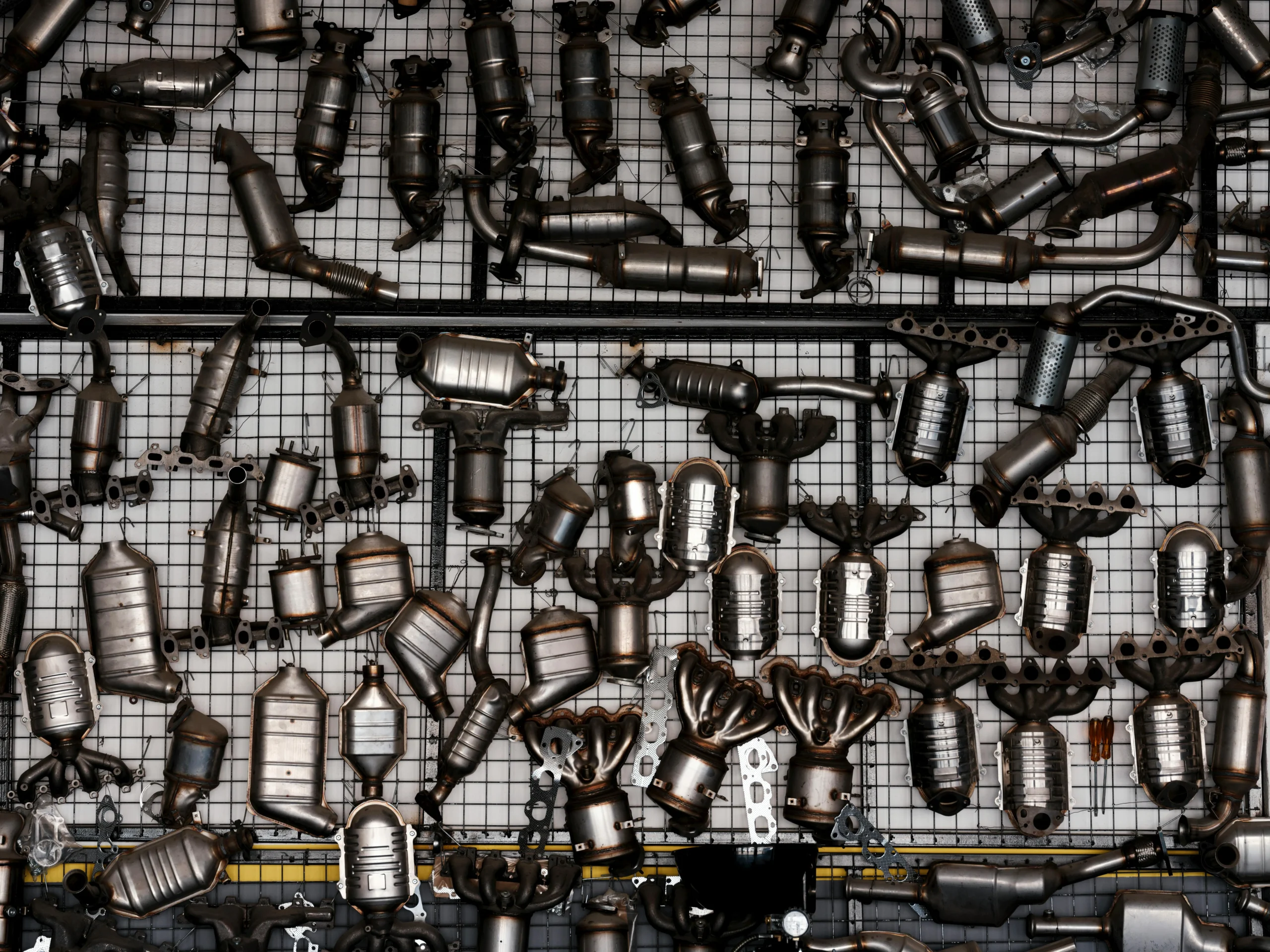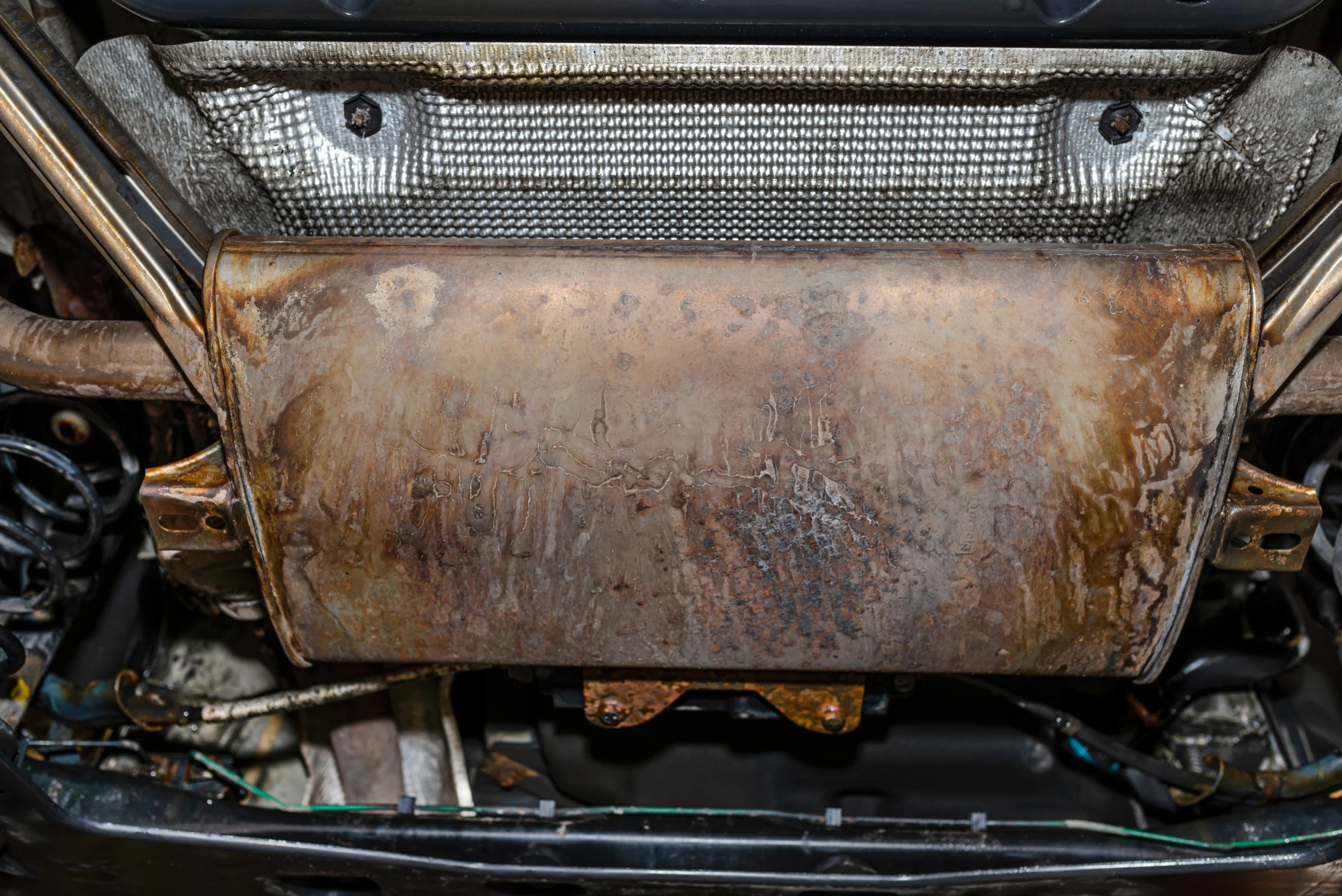Introduction: This UAE-focused guide explains how hybrid batteries are collected, made safe, dismantled, sampled, and recycled. You will see what happens at each step, what paperwork and safety checks to expect, and how settlements work when you sell battery materials. Use it to prepare your team and keep every shipment compliant and efficient.
- Explain the step-by-step recycling flow from pickup to final recovery
- Spell out UAE safety and compliance requirements for transport and storage
- Show how dismantling, grading, and sampling affect your final settlement
- Compare recovery methods and where each fits
- Offer practical checklists and a simple CTA to schedule collection
1) Collection and initial safety checks
Collection starts with safe packaging and verified paperwork. Before pickup, isolate packs, tape exposed terminals, and keep units on non-conductive pallets. Label each pallet with battery chemistry, weight, and hazard class. At handover, the driver will confirm the load list, check that packs are not swollen, leaking, or hot, and verify that containers are upright and secured.
On arrival at the facility, technicians perform a second inspection. They check state of charge, look for impact damage, and confirm manufacturer labels. Damaged modules are quarantined in sand-lined bins or fire-resistant cabinets. A thermal camera scan helps spot hot cells. If a pack reads above safe thresholds, it is stabilized and moved to a monitored area.
If you are scheduling a pickup, you can request packaging materials and a short site briefing ahead of time. That keeps collection fast and safe, especially for mixed lots from multiple vehicles.
2) Dismantling, sorting, and grading workflow
After check-in, the pack moves to a ventilated dismantling bay. Insulated tools, arc-rated PPE, and lockout-tagout rules prevent accidental energizing. The workflow is simple and controlled:
- De-energize – technicians discharge to a safe level using resistive loads.
- Open – the outer case is removed, gaskets saved for contamination checks.
- Separate – modules, busbars, BMS boards, copper, aluminum, plastics, and steel are split into streams.
- Grade – modules are classified as reuse candidates, repairable, or recycle-only.
- Record – serials, weights, and photos are logged for your settlement file.
Grading matters. Packs with high reuse potential may follow a different path than those slated for full material recovery. Even in recycle-only lots, clean separation of copper, aluminum, and circuit boards improves returns and cuts waste.
3) Sampling, assay, and material recovery basics
Once modules are sorted, a representative sample is taken for assay. The lab determines moisture, current collectors content, and active material composition. For nickel-metal hydride units, focus falls on nickel and rare earths. For a **lithium hybrid battery**, the assay looks at lithium-bearing compounds, cobalt, nickel, manganese, and graphite.
Three main recovery routes are used across the region:
- Pyrometallurgy – high-temperature smelting to capture metal alloys. It is robust for mixed chemistries.
- Hydrometallurgy – leaching and precipitation to produce salts or sulfates with high purity.
- Direct recycling – preserves cathode structures for possible reconditioning.
Each route has trade-offs in energy use, emissions, and material purity, and may be combined. For an overview of how these methods are applied in the Middle East, see this practical explainer on regional recycling pathways and second-life options for hybrid packs. Methods for EV and hybrid battery recycling in the Middle East
4) Compliance for transport and storage in the UAE
Used batteries are regulated wastes that require strict handling in the UAE. Expect documentation checks, trained handlers, and approved containers for collection and transit. Facilities follow rules for storage time limits, spill response, and dismantling procedures, including fire safety planning, emergency communications, and isolation of damaged units. For detailed licensing, transport, and storage procedures applicable to used and hybrid vehicle batteries, refer to the official UAE guidelines. UAE SOPs for used battery handling and transport
What should sellers prepare? Keep an inventory sheet per pickup, list chemistries and weights, and confirm that packs are free from fluids and unrelated scrap. Maintain a safe waiting area that is cool, dry, and away from ignition sources. If a pack is damaged, notify the dispatcher so the crew arrives with the right containment.
5) Pricing mechanics and settlement options
Your settlement is based on weight, chemistry, and assay results. Clear data flows help you get paid faster and more accurately. Here is what typically drives the number you see on your final statement:
- Chemistry mix – NiMH vs lithium-based modules follow different recovery paths.
- Material yields – lab results translate to payable units for metals and active materials.
- Deductions – moisture, plastics, and contaminants are netted out.
- Logistics – collection distance, special packaging, and damaged pack handling may affect terms.
- Settlement preference – bank transfer timing, roll-ups for recurring sellers, or consignment until final assay.
Most sellers choose a two-step approach: provisional payment on receipt of weight and visual grade, then a final reconciliation on lab assay. Others prefer a single payment after full testing. Ask for the sampling plan in writing, including the number of increments and retention policies for recheck samples.
What this table shows: core steps, who does what, and documents you keep
| Stage | Your actions | Recycler actions | Key documents |
|---|---|---|---|
| Pre-pickup | Isolate packs, label, prepare inventory | Provide packaging, schedule, PPE plan | Load list, hazard labels, training records |
| Collection | Escort to safe area, sign handover | Inspect, secure load, transport | Chain of custody, photos |
| Dismantling | None on site | De-energize, separate, grade | Weighing sheet, condition report |
| Sampling | Review plan, approve | Lab tests, retain sample | Assay report, sample ID |
| Settlement | Choose terms | Issue statement, pay | Final statement, payment proof |
6) Safety and environmental controls you should expect
Responsible facilities use closed-loop ventilation in dismantling bays, continuous gas monitoring, and Class D fire extinguishing media where needed. Temperature checks continue during storage, with clear aisles and spill kits in reach. Stormwater and effluent are controlled to prevent runoff from wash areas.
Good recyclers also track outbound streams. Ferrous, aluminum, copper, PCBs, and black mass each have a documented route. Regular audits and training refreshers reduce risk and keep permits in good standing. If you work with hybrids today, this broader view is useful too – see how future regulations and technology will keep precious metal recovery relevant for mixed fleets in the region: The Future of Catalytic Converter Recycling for car hybrid battery sellers.
7) UAE paperwork checklist
Before pickup, confirm that you have an accurate inventory, labels on every pack, and trained staff to assist. During pickup, keep the chain-of-custody form and photo record. After delivery, request the weighing log and dismantling report. Maintain all records in one folder so audit requests are simple to answer.
Action steps sellers can take this week
- Walk your storage area. Add non-conductive pallets and clear signage.
- Print a one-page intake checklist for staff receiving returns.
- Agree on a sampling plan before you ship your next lot.
- Schedule a test pickup to validate packaging and loading time.
Want a quick way to start? Book a slot through our service page. It covers safe collection, dismantling, and transparent settlements for modern hybrid packs. For immediate guidance and logistics support, use hybrid batteries. If you are comparing options for company or municipal fleets, the same page explains facility controls and reporting designed for fleet managers handling every hybrid vehicle battery.
Related reading
If you are building a broader sustainability plan, this primer sets out the environmental benefits of proper metal recycling and how consistent material streams improve outcomes.
Compliance tip
Battery handling rules update from time to time. Keep a simple internal policy and review it yearly against the most recent government guidance for used battery storage, transport, and dismantling procedures. The official SOP linked above is a helpful baseline for UAE operations. Regional methods and safety considerations for EV and hybrid battery recycling also provide context on common controls used by reputable facilities.
Summary
Recycling hybrid packs is safe and straightforward when you follow a clear process: inspect, isolate, dismantle, sample, and settle. Sellers who prepare packaging, inventory, and sampling plans see faster payouts and fewer surprises. If you need a reliable partner for compliant UAE collections and transparent reporting, schedule a pickup and keep your team focused on core work while specialists handle the rest.
FAQ
How should I store packs before pickup?
Keep them cool, dry, upright, and on non-conductive pallets. Tape terminals, label chemistries, and keep fire control tools nearby.
What happens if a pack is damaged?
It is isolated in a containment area, monitored for heat, and handled by trained staff using special packaging and shorter transit windows.
Do you test every module?
The facility samples representatively across the lot. That data drives your settlement and reduces delays compared to testing every unit.
Can some modules be reused?
Yes, if they pass safety and performance checks. Others go straight to material recovery based on grade.
What documents should I keep?
Inventory and labels before pickup, chain-of-custody and photos during pickup, then weighing logs, assay results, and final settlement after processing.






